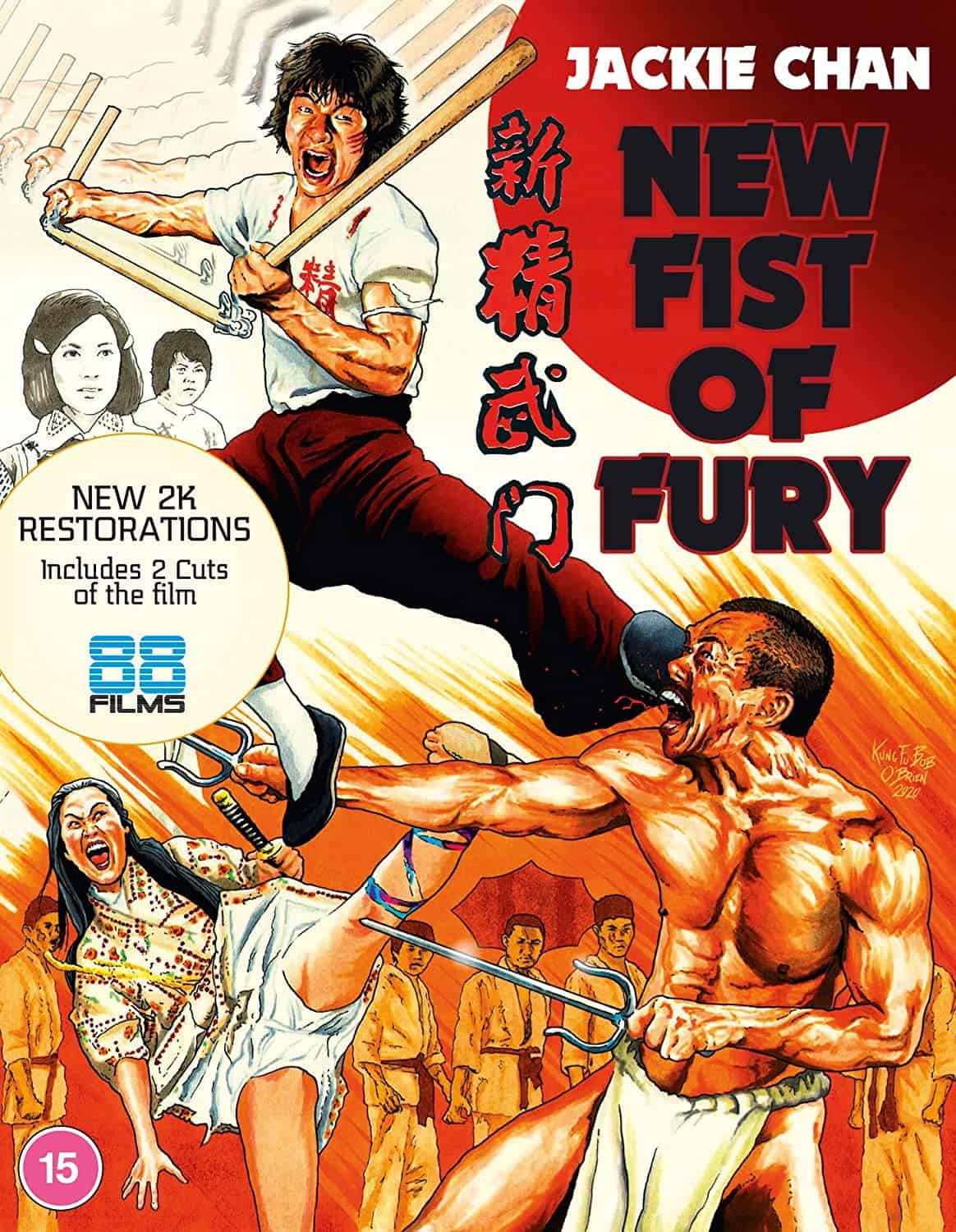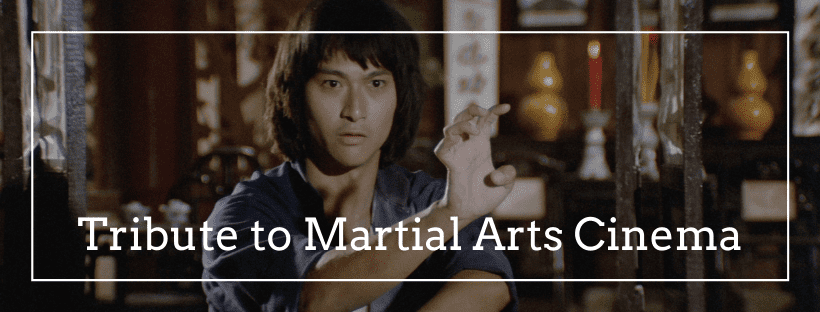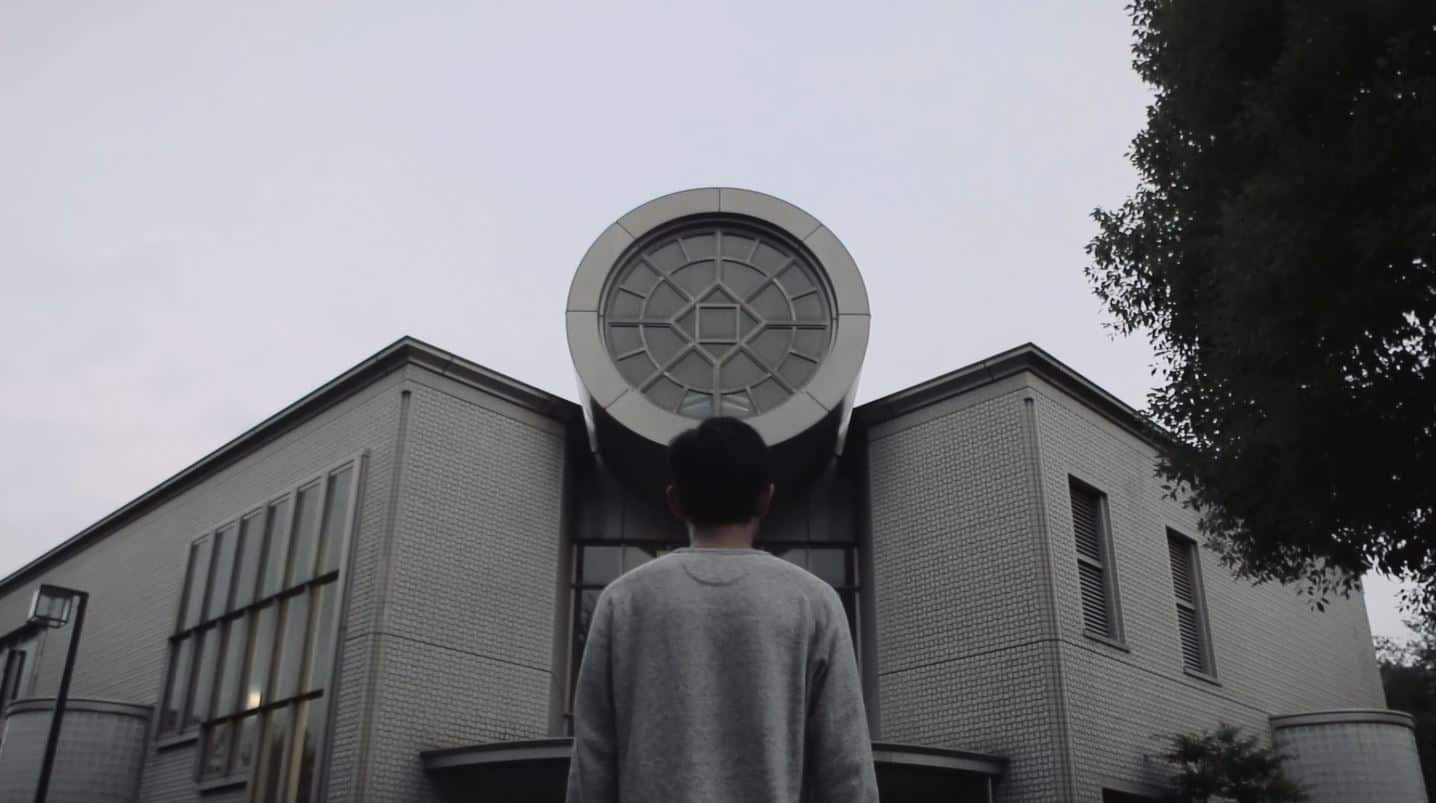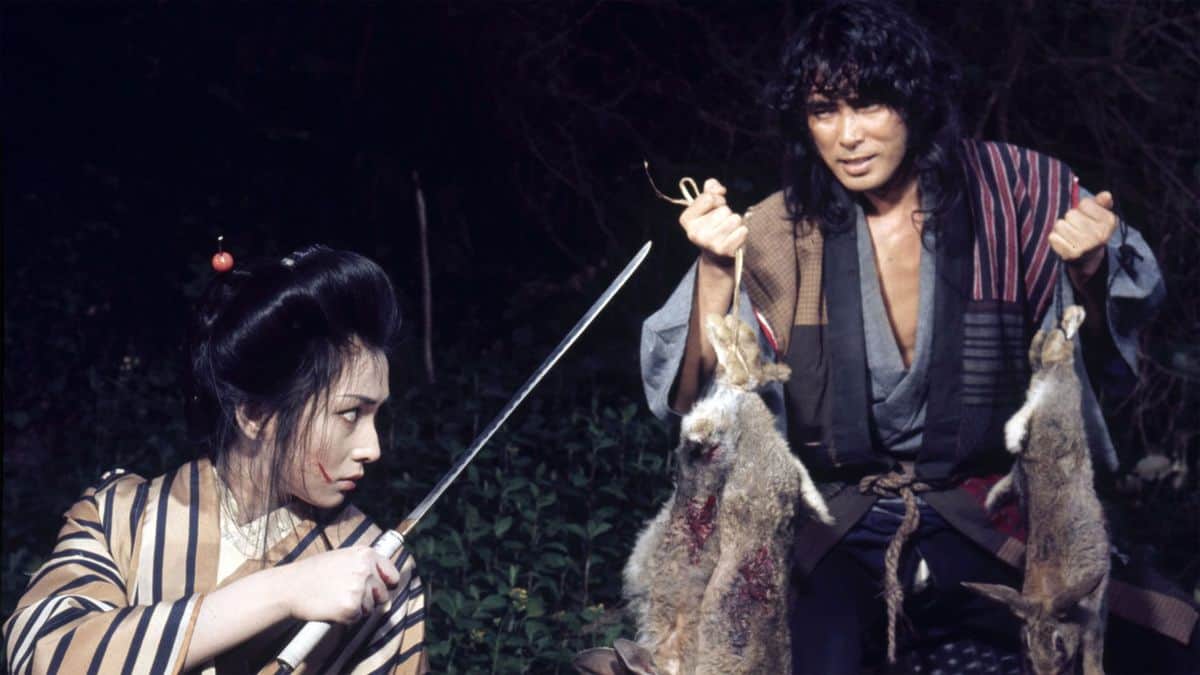Having worked with Bruce Lee on “The Big Boss” and “Fist of Fury” was one of the great achievements in the career of Hong Kong director Lo Wei, as it propelled the actor's reputation as well as the filmmaker's. However, while shooting the latter, he also collaborated with one of the future stars of the martial-arts-genre, as Jackie Chan did some of the stunts on “Fist of Fury” and left quite an impression with Wei who followed his career, until he was certain Chan could be the next star on the horizon. Since he also saw something of the charisma and talent of Lee in Chan, it was perhaps logical to make him star in “New Fist of Fury”, a somewhat loose sequel to the 1972 original. While it is not on the same level as the former, it has a few qualities worth mentioning, especially in the second half, when Chan's character becomes more of an active part in the whole story and therefore in the fights.
After the school of their father has been disbanded along with their brother having been executed by the authorities, Mao Li Er (Nora Miao) and her brother Sampo (Chiang Kam) set sails for Taiwan where their grandfather is the master of a kung fu school. However, their arrival coincides with Okimura (Chan Sing), a skilled martial-arts master and also owner of the one of the many school in town, planning to unite all of the schools in order to extend his power. As his plans and attempts at blackmailing fail to convince the other masters, he uses more violent methods, resulting in Li Er and her brother deciding to help their family in these times.
Upon their arrival at the Taiwanese harbor, they have also run into Cheng Long (Jackie Chan), a thief, who shows some promise as a martial-arts-student, despite his attitude of never wanting to learn to fight, since it might turn him into a bully. With Okimura abusing his relationship with the Japanese forces in Taiwan and becoming increasingly aggressive towards his countrymen, the young man changes his mind and with time, turns out to be one of the best students in the newfound school by Li Er and her sibling.
Even though “New Fist of Fury” is a sequel, you can enjoy the feature without having seen “Fist of Fury”. While some scenes and details, like the nunchakus or the final moments of the film, bear a strong resemblance with its predecessor, the movie can still stand on its own. At the same time, Wei, who co-wrote the script with Pan Wei, builds his story and characters thematically on the same ground as “Fist of Fury”, with rebellion and the fight against oppression being the most prominent concepts. Given his development from a thief not wanting any part in the martial-arts community for fear of becoming a bully like the others, to a formidable student in one of the schools, Chan's character can be seen as a metaphor for the resilience of people, which is even further highlighted by some of the dialogues strongly reminiscent of political speeches.
Considering there are two versions of “New Fist of Fury”, the second one from 1980 being 40 minutes shorter than the one this review is based on, another aspect has to be mentioned when it comes to the story as a whole. Although you might argue (as with many features), the longer version is far superior, this view is not as clear in this case, since at 120 minutes, Lo Wei's movie certainly outstays it welcome in some areas. There is a strong imbalance, especially in terms of dramaturgy, between the two hours of the film, with the second one easily being superior, and not with regard to the fight scenes, but also with overall character and story development which does not seem to come to a point. Plus, there are some elements that are downright underdeveloped and interestingly are completely missing from the 1980 version.
In terms of acting, the aforementioned imbalance can also be applied. Whereas the first half gets caught in its mess of various storylines and combining the arcs of the various characters it tries to establish, it is the second half which presents Chan as the main star he is supposed to be. Even though the acting could use some improvement in some areas, the action scenes, most importantly, the final fight, are quite impressive. At the same time, Chan is not the only who shines within this cast, as Cheng Siu-siu (playing Okimura's daughter Chiyoko) also deserves some credit for her performance, particularly in the martial-arts-scenes, which is quite solid.
Despite its title, “New Fist of Fury” pales in many aspects when compared to the Bruce-Lee-film from 1972. In its original version, Lo Wei's movie drags itself through the first half, while delivering in terms of action and development in the second half, while overall it is still too committed to its predecessor to truly stand out.

















